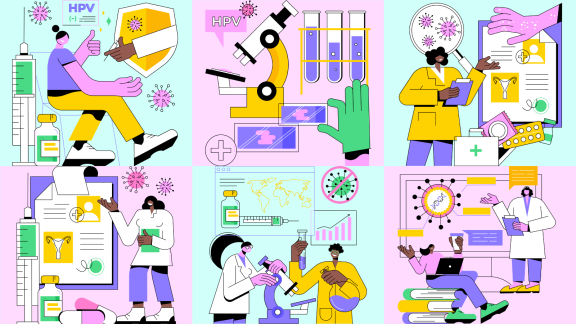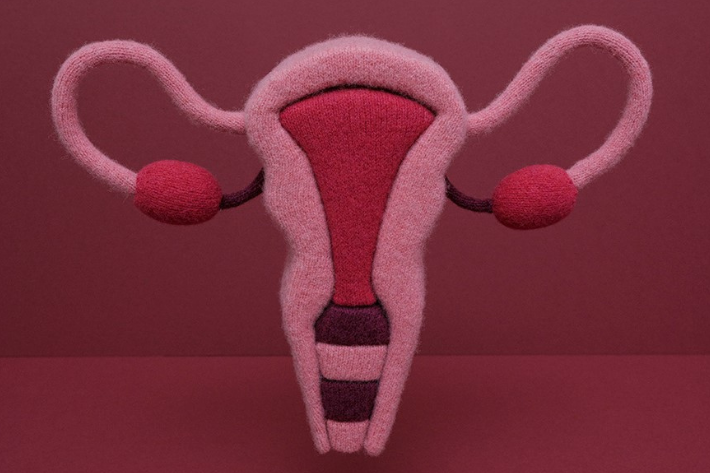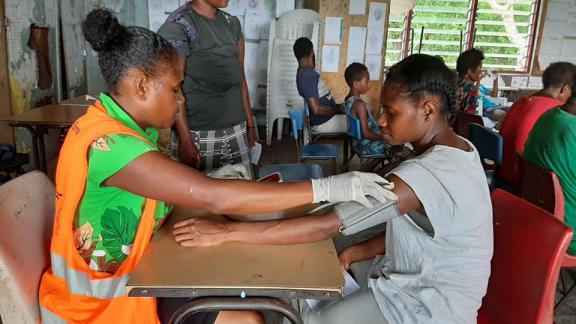What is HPV?
HPV, or Human papillomavirus, is a virus that is mainly transmitted through unprotected sexual contact, including skin-to-skin genital contact. It is very common, and most sexually active people will get some type of HPV in their life, regardless of gender or sexuality. HPV is the primary cause of cervical cancer.
Who is most at risk of HPV?
HPV is the most common STI (Sexually Transmitted Infection) in both men and women. Most of the population will be exposed to HPV at some point in their lifetime.
How can I be tested for HPV?
HPV testing is done as part of a routine cervical screening, which involves inserting a speculum into the vagina and taking a swab of the cervix to test for abnormal cells or pre-cancerous lesions.
A new method of HPV testing can be performed on vaginal samples collected by the patient themselves in a process known as self-sampling. The swab used to collect the sample has been likened to a small mascara brush or a COVID test swab, which is then sent to a lab for analysis.
This is a safe and easy approach that can reach people that otherwise would not participate in a clinician-based screening or have access to a screening test.
What are the symptoms of HPV?
HPV infection often has no symptoms, so you may not know if you have it. It is generally not something to worry about, as most HPV infections can be cleared up by the body’s own immune system.
There are more than 100 types of HPV, which can be divided into low-risk and high-risk types. Low-risk HPV can cause genital warts. High-risk HPV is associated with precancerous cervical lesions, cervical cancer and cancers of the anus, vulva, vagina, penis, and oropharynx (the part of the throat directly behind the mouth).
How can I protect myself from contracting HPV?
Although girls were initially the only ones receiving HPV vaccinations to prevent cervical cancer, boys are now being added to vaccination programs worldwide to limit their personal risk of HPV-related cancers as well as to decrease transmission to their sexual partners.
There are six variations of the HPV vaccine, each protecting against the most high-risk HPV types (i.e. type of HPV associated with health conditions): all six variations of the HPV vaccine protect against HPV 16 and HPV 18. Gardasil and Cervarix protect against two types of high-risk HPV types (16 and 18) that are most commonly linked to cervical cancer. On the other hand, Gardasil 9 protects against nine types of high-risk HPV, including 6 and 11, which are known to cause genital warts.
Is the HPV vaccine safe?
Yes. The HPV vaccine has not been linked to harmful side effects or fertility issues, and each type of HPV vaccine has been vigorously tested.
How is HPV treated?
There is currently no cure for HPV. IPPF recommends that all young people aged 9-14 years – regardless of their sex – receive the HPV vaccination, as anyone can carry/transmit HPV. Increased condom use can also help lessen the risk of HPV transmission – as well as the transmission of other STIs and HIV.
I’m HIV positive - can I still contract HPV?
Yes. Women, girls, and other affected populations living with HIV should be aware that they are more vulnerable to contracting HPV. Women and girls living with HIV also have a higher risk of developing cervical lesions at a younger age. For people with weakened immune systems, such as those with poorly-managed HIV, the risks are far greater. Cervical cancer is the most common cancer among people with cervixes who are also living with HIV. Therefore, it is vital that people living with HIV are vaccinated against HPV if eligible, and attend regular screenings throughout their lifetime.
when










